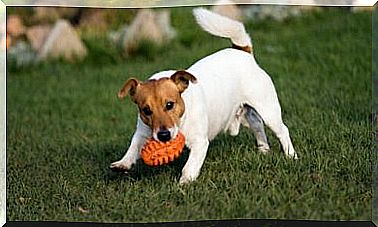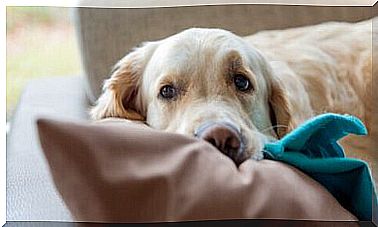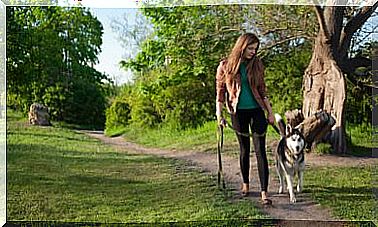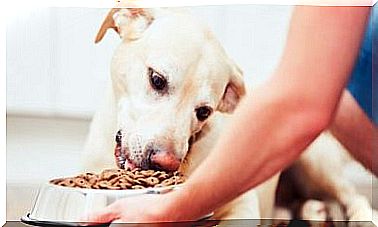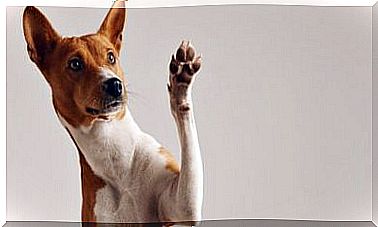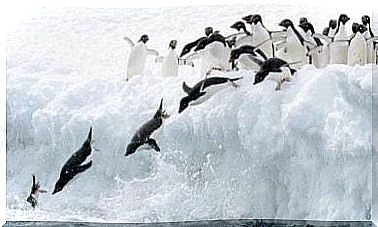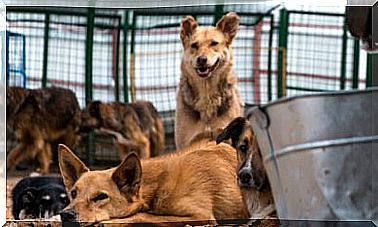Environmental Enrichment In Domestic Parrots
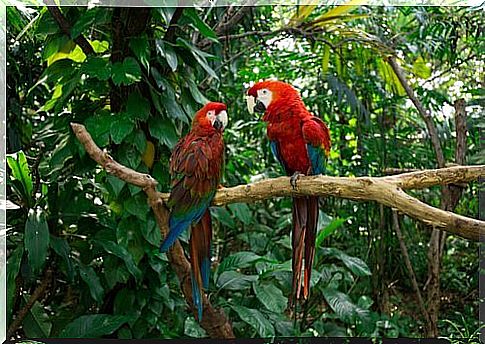
Several times, in our blog, we have talked about environmental enrichment in parrots, and beyond. It is a set of operations that the owners of animals can, and must, put in place to offer the appropriate stimuli to ensure the psycho-physical well-being of the specimens in captivity.
Parrots, scientifically known as psittacids , are animals of truly amazing beauty. At the same time, they are birds with a marked intelligence and who have the ability to create highly structured social relationships. Precisely for these reasons, environmental enrichment in domestic parrots takes on an even more crucial importance.
The importance of social enrichment
If you want to keep birds indoors, remember that it is always best to take them in pairs. But, in the case of parrots, this simple advice should be considered a real obligation.
They are species that need to socialize continuously and it is vital that they can be in contact with other members of their own species or others like them. They are so sociable and outgoing birds that they will soon become friends with other birds as well.
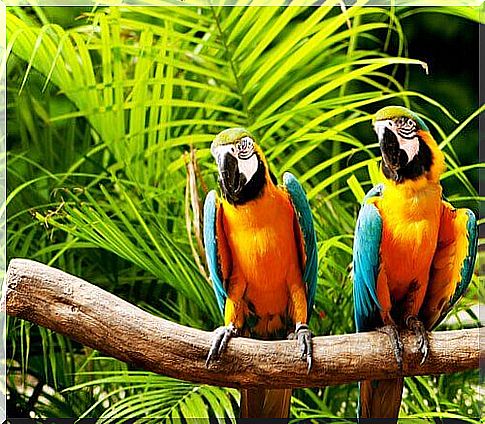
If they don’t have another parrot next to them, they will become very dependent on you and could certainly develop psychological problems, such as separation anxiety and even depression.
The importance of good foraging
When we talk about foraging , we are referring to the time an animal spends trying to feed itself. It therefore includes all research, manipulation and consumption behaviors.
The feeding of parrots is very special and varied and you can make it less boring by changing the way you offer food and feed to your feathered friends.
Foraging trays are a very effective method of environmental enrichment in parrots. This consists in placing, on a tray, different substrates and objects mixed with food.
You can ensure that every meal is transformed into an ever new experience. Let’s see which materials should be used:
- Food : peanuts, dehydrated fruit, pieces of apple or carrot, cooked pasta, etc.
- Substrate : shavings, torn newspapers, confetti, hay, etc.
- Objects : clothespins, caps, pieces of cork, ropes, etc.
There are also many environmental enrichment devices in parrots that will allow you to offer food in a less banal way.
For example, buying dispensers made from bamboo canes, coconuts or even toys that the parrots will have to operate in order to get to their favorite food.
Another idea could be to present the fruit in a more visual way. For example, cutting apples and carrots like streamers, putting fruit in baskets that must be opened in order to access the baby food, and so on …
Music, a perfect sensory enrichment
To promote environmental enrichment in parrots, you certainly cannot forget the music. Many birds have a very pronounced sense of rhythm and a decent ability to reproduce and imitate the sounds they hear.
This feature makes parrots, and cockatoos in particular, unique in the animal kingdom, as they are even capable of dancing.
But pay attention to the songs you choose. Some rhythms or sounds can be annoying for your pets.
It would be ideal to start with sweet melodies, such as those of classical music, and try out other genres slowly. Getting to know your pet will help you put into practice any enrichment, always choosing the best alternative for your bird.
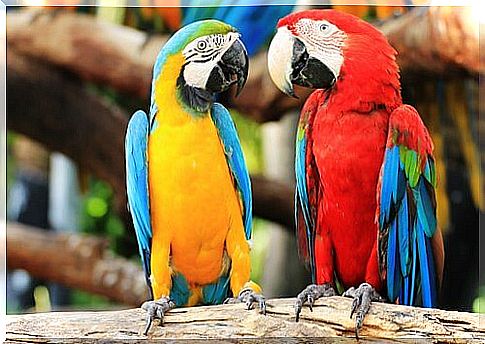
Free flight: fundamental for environmental enrichment in parrots
Parrots need to fly. So, one of the best enrichment techniques you can put into practice is to allow them to fly across large spaces.
The ideal is to have a large aviary or to leave your bird free, inside the house.
You must keep in mind that, given the complexity of these animals, in order to educate and raise your parrot in a correct and healthy way, it will always be useful to resort to positive reinforcement.
By following this method, you will only reward the positive behavior of the animal which, in this way, will associate the reward with correct behavior, improving domestic coexistence.
To educate the parrot, you could ask for advice and be followed by an ethologist or even a specialized veterinarian.
If you can win your bird’s trust, in some cases you will even be able to let it fly free, without the fear of it running away.
Imagine what a feeling to be able to see your parrot dart high up, and then come back to you!
